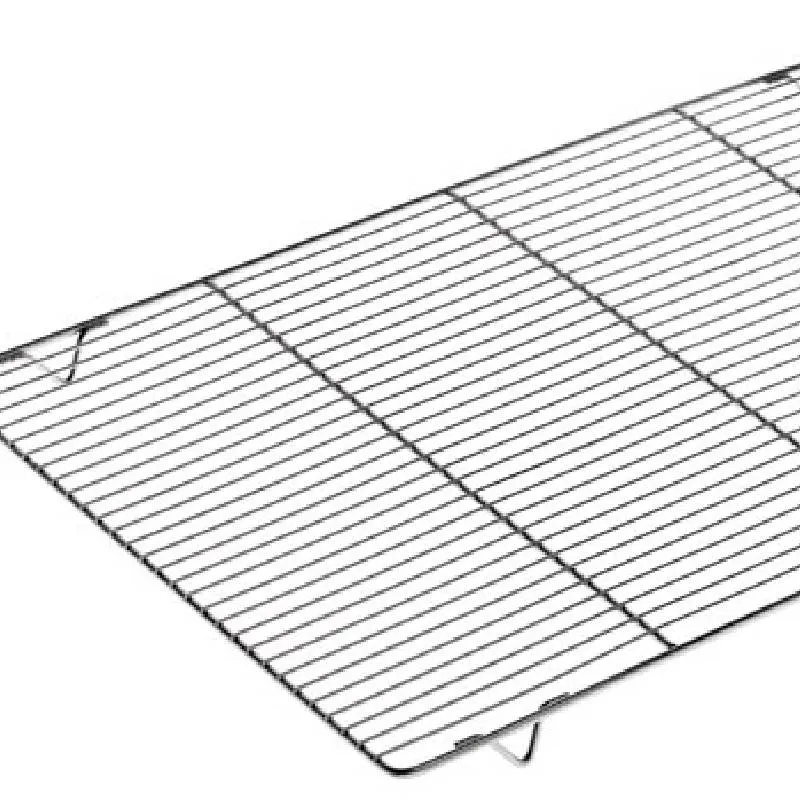
- Mobile Phone
- +8613931874955
- sales@cntcmetal.com
wire mesh price
The Dynamics of Wire Mesh Pricing
Wire mesh, a versatile and essential material, serves various industries, including construction, agriculture, and manufacturing. Its pricing is influenced by several economic, material, and market factors. Understanding these elements can provide insight into why wire mesh prices fluctuate and how consumers can navigate these changes.
Supply and Demand
One of the primary factors affecting wire mesh prices is the basic economic principle of supply and demand. When demand for wire mesh increases—perhaps due to a construction boom or an uptick in agricultural projects—prices typically rise. Conversely, if there is a surplus of wire mesh on the market or a downturn in the construction industry, prices may drop. Manufacturers often evaluate market trends and adjust production levels accordingly to maintain equilibrium.
Material Costs
The primary material used in wire mesh production is steel, which is susceptible to price fluctuations based on global market conditions. Steel prices are influenced by several factors, including raw material availability, production costs, and international trade policies. For instance, if iron ore prices surge due to extraction difficulties or geopolitical tensions, the overall cost of wire mesh will likely increase. Additionally, as the world shifts toward more sustainable practices, the availability of recycled materials for wire mesh can also impact pricing.
Manufacturing Processes
wire mesh price

The complexity of the manufacturing process can also affect wire mesh prices. Basic welded wire mesh may be less expensive than machine-woven or specialty meshes used in high-stress environments. Custom sizes, coatings, and treatments—like galvanization for rust resistance—add further costs. Therefore, when purchasing wire mesh, consumers should consider the specific requirements of their projects, as these factors can significantly influence the final price.
Regional Factors
Geographical location plays a significant role in wire mesh pricing as well. Producers closer to raw materials or with more efficient logistics systems may offer lower prices than those further away. Additionally, regional economic conditions, such as local construction activity or agricultural investments, can lead to significant price disparities. For instance, wire mesh might be more expensive in urban areas experiencing a construction surge compared to rural regions with less demand.
Market Trends
The wire mesh market has experienced notable trends in recent years, including a push towards environmentally friendly materials and production methods. Companies that adopt sustainable practices may charge higher prices but offer added value through their commitment to eco-friendly solutions. Moreover, advancements in technology have led to improved production techniques, often reducing costs in the long run.
Conclusion
In conclusion, wire mesh pricing is influenced by a complex interplay of supply and demand, material costs, manufacturing processes, regional factors, and market trends. For consumers and businesses looking to purchase wire mesh, understanding these dynamics can help in making informed decisions and potentially finding the best value for their needs. Staying updated on market trends and economic conditions will not only assist in budgeting but also in selecting the right type of wire mesh for any project.
share:
-
Why Sacrificial Formwork Is Redefining Underground ConstructionNewsJun.06,2025
-
The Structural Dynamics of Modern Concrete: How Snake Spacers Revolutionize Flexible ReinforcementNewsJun.06,2025
-
Snake Spacers Smart-Lock Concrete Reinforcement with Surgical PrecisionNewsJun.06,2025
-
Snake Spacers: Reinforcement Precision for Modern Concrete ProjectsNewsJun.06,2025
-
Snake Spacers Powering Concrete's Structural DNANewsJun.06,2025
-
Slither into Success: Snake Spacers' Precision Bite for Unbreakable ReinforcementNewsJun.06,2025
-
Sacrificial Formwork: Building Stronger, Faster, and Safer StructuresNewsJun.06,2025



















